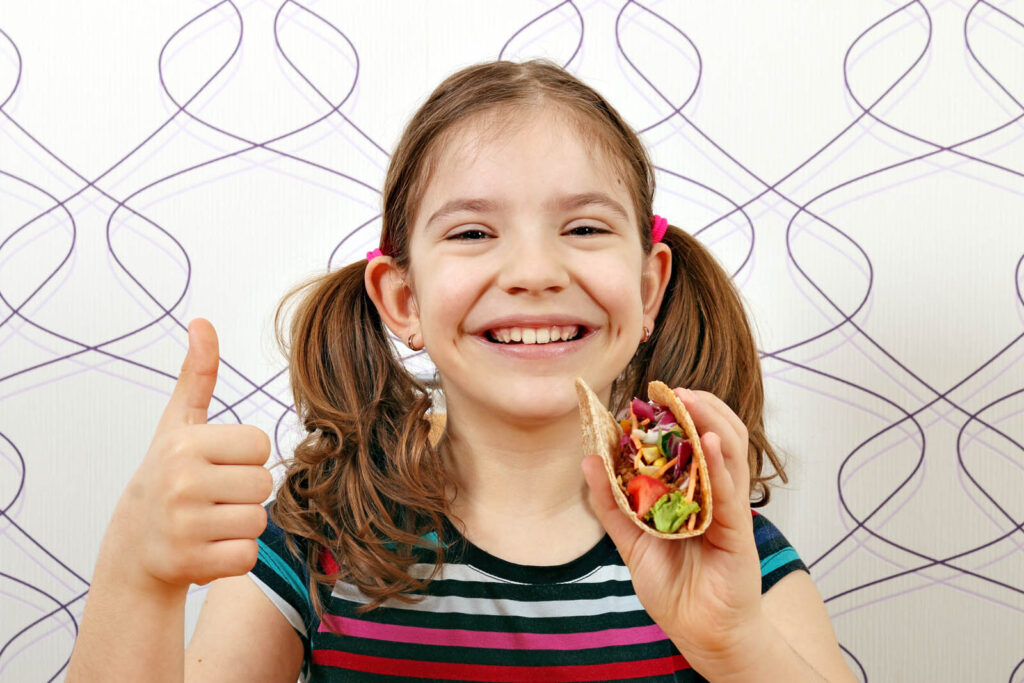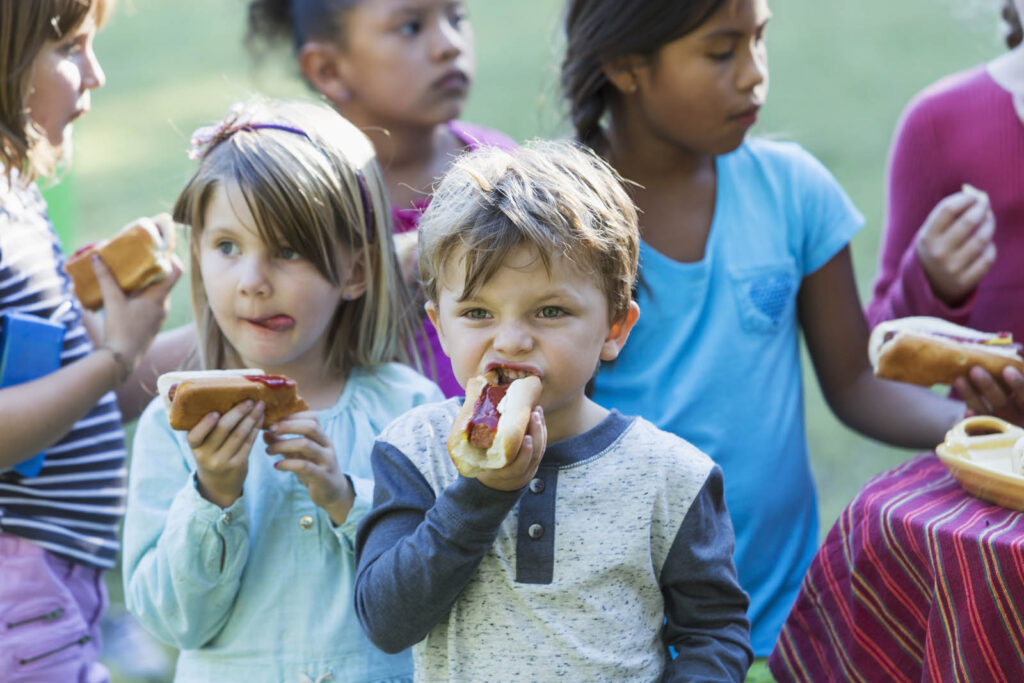
overview
A leading fast-food restaurant wanted to determine brand equity among a group of very young consumers – some as young as six years old. The restaurant was looking to understand how their brand stacked up to its competitors.
To responsibly and effectively study these young consumers, C+R researchers knew they’d need to get creative. The team conducted dine-along ethnographies and developed “emotion flashcards” to help the children evaluate key aspects of the restaurant experience. By the end of the engagement, the client had learned a lot, not the least of which was: that little toy included in the “kids’ meal” can have some very big implications.
THE PROBLEM
How Do You Measure Brand Equity Among Very Young Consumers?
A leading fast food restaurant tasked C+R Research with measuring brand equity among a group of very young consumers (some as young as six years old). The restaurant chain wanted to measure brand equity for its own products and offerings as well as its key competitors.
Studying young consumers can be challenging because they don’t yet have all the skills required for typical research methods. Further, as you might imagine, extracting accurate and reliable data points can be especially tricky when working with youngsters.

OUR APPROACH
Dine Along Ethnographies and Emotion Flashcards Do the Trick
C+R researchers designed an innovative approach for engaging this pint-sized cohort in the research process. The research design included sessions conducted in triads among first and second grade children and dine-along ethnographies with the same ages and their parents.
To help the team study the perceptions of children who could not yet read or did not yet possess the skills required for abstract thinking, C+R developed a series of “emotion flashcards.” The flashcards included illustrations of key elements of equity, such as togetherness, excitement, or “for grown-ups.”
During the research sessions, brand logos were posted around the room and children were asked to place flashcards next to the logo that “most” made them feel the emotion. After placing the cards, the participants explained their choices. Through this simple exercise, the client was able to quickly understand their brand’s strengths, weaknesses, and opportunities among these very young consumers.

The result
Kids Just Wanna Have Fun
The research showed that while the client was on par with its competitors when it came to convenience, food, and value, the things that made it stand out for the early elementary school crowd: great meal, toys, and even better play spaces.
C+R found that children distinguished between restaurants that provided good and mediocre toys in their “kids’ meals.” And, a mediocre toy could mean the decision to order a la carte instead, or worse yet, skip the restaurant trip altogether. Children also preferred meals delivered in boxes over bags and were big fans of restaurants with designated play spaces.
Competitive comparison showed that restaurants without toys and/or play places weren’t perceived as kid-friendly by the six-year-olds. Even in cases where children enjoyed the food, if these key elements were missing, they considered the restaurants in question boring and “for grown-ups.”


proven experience
related case studies
